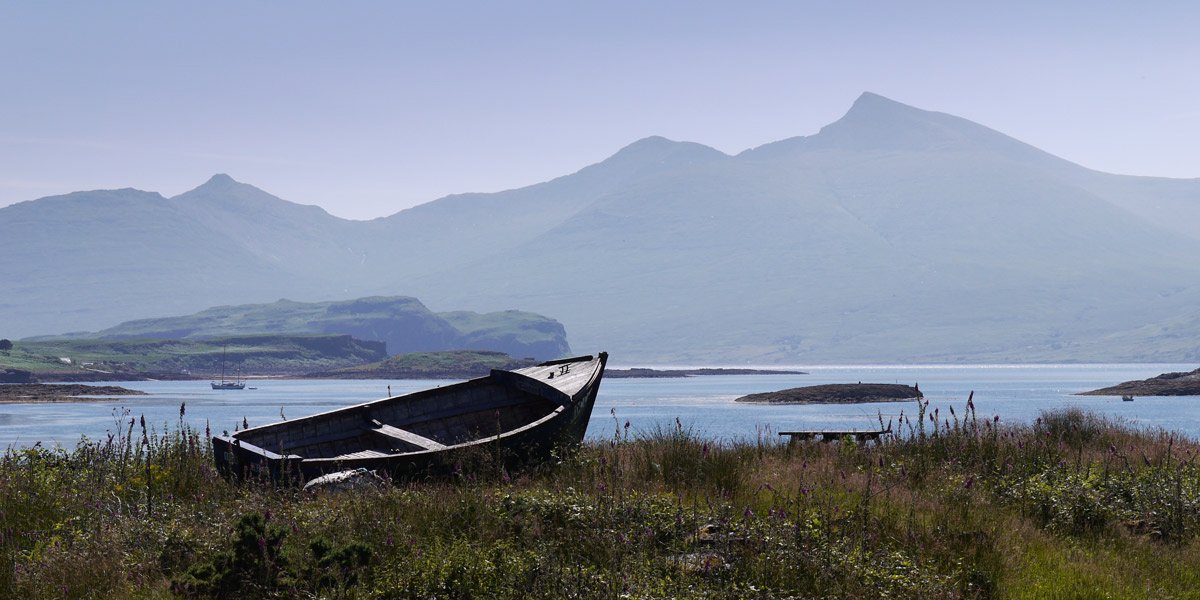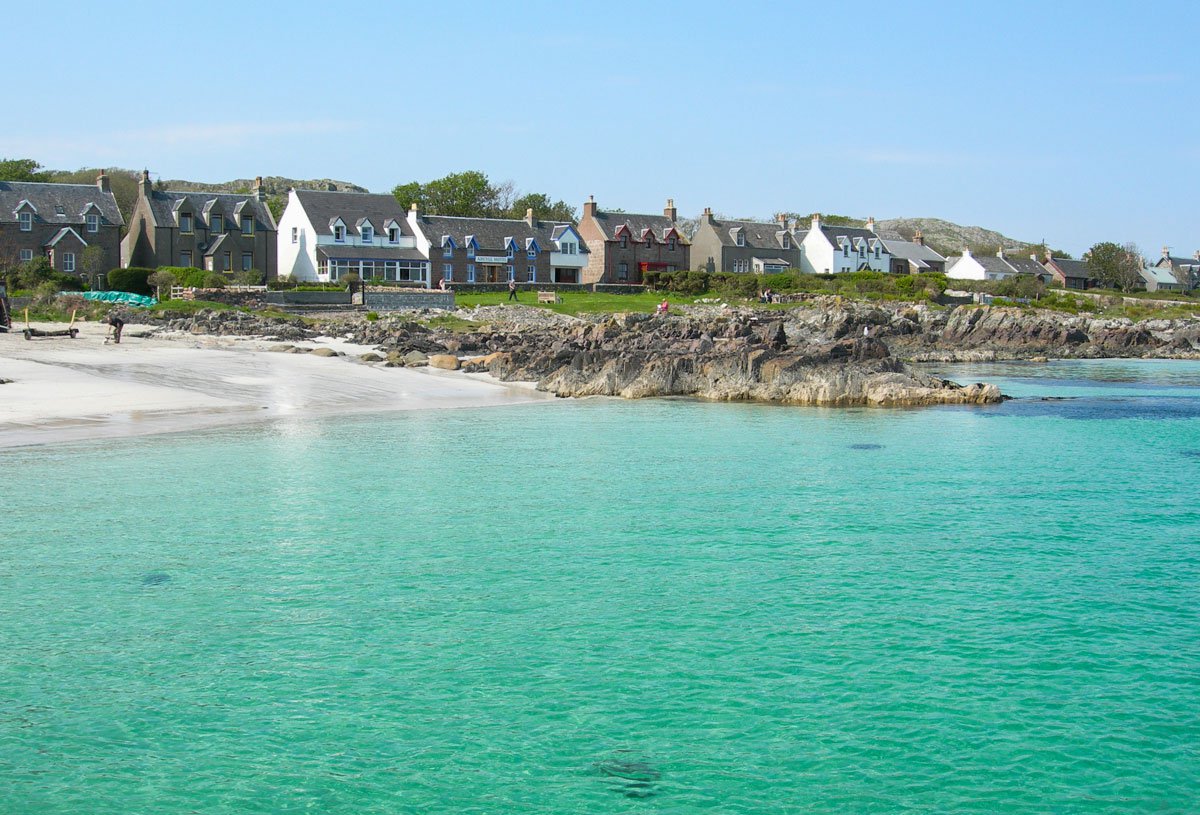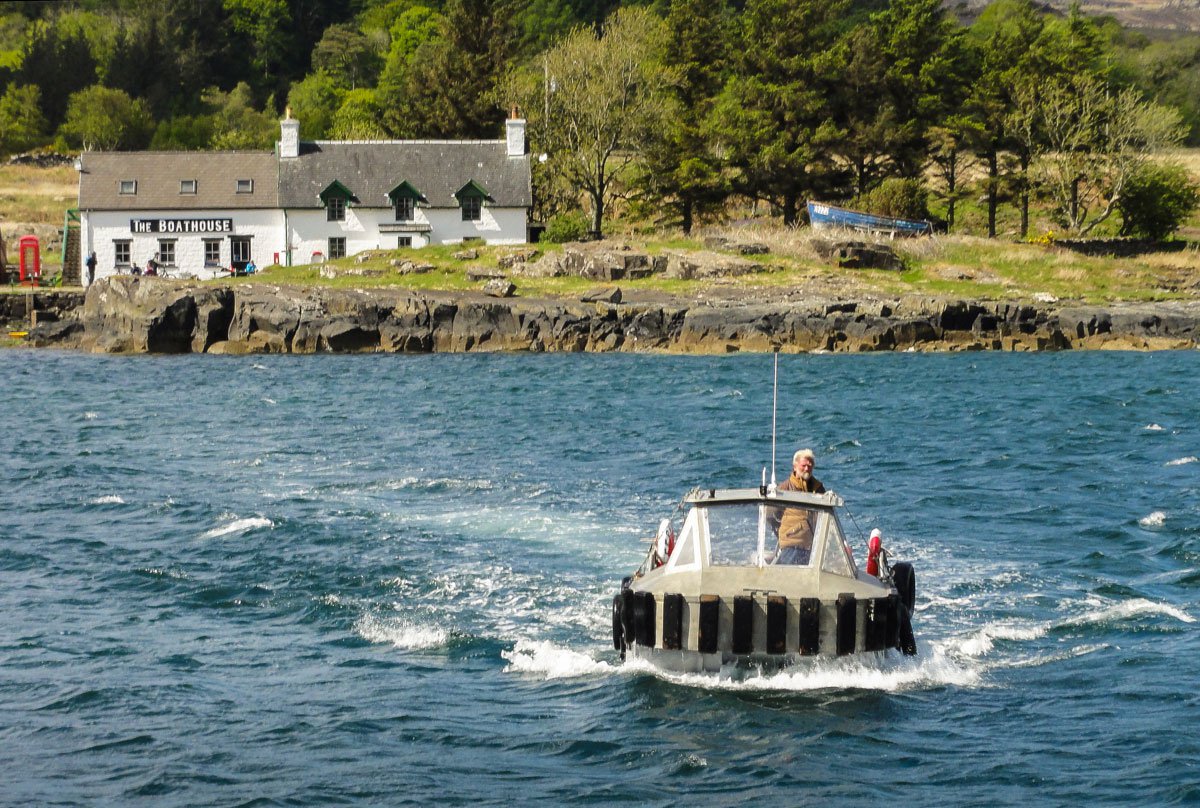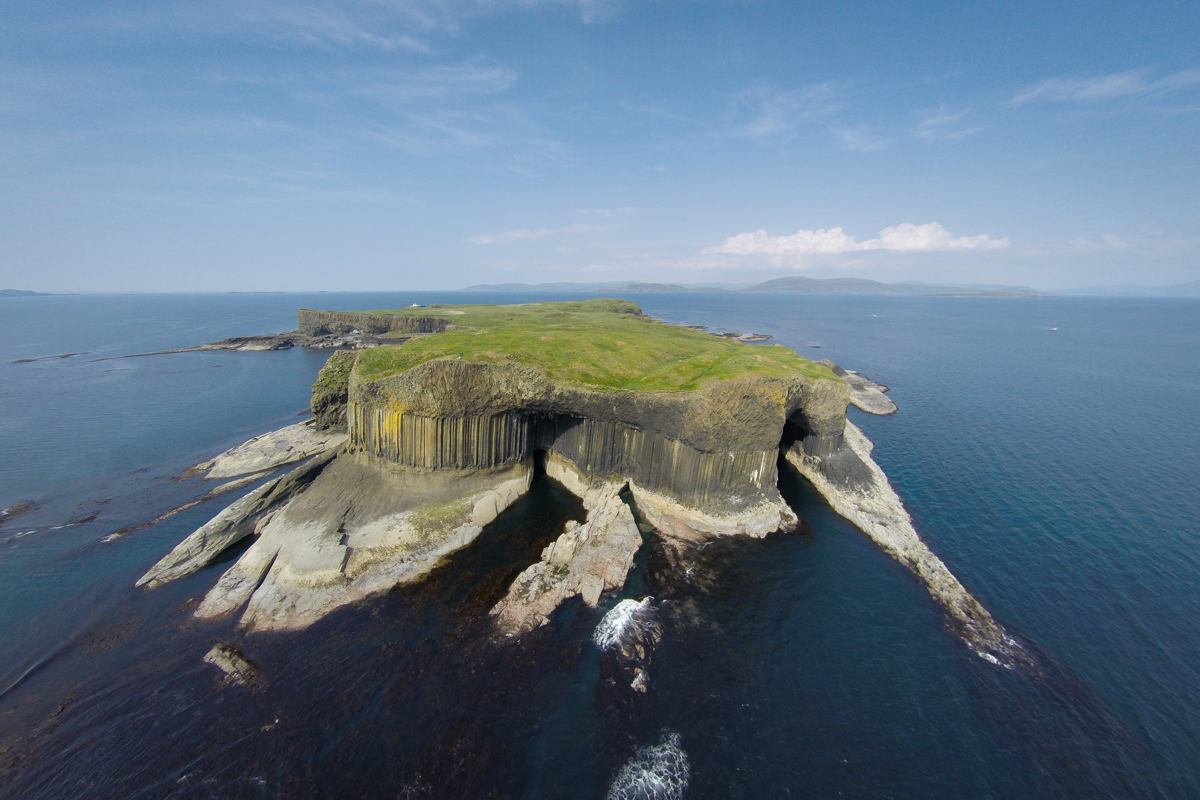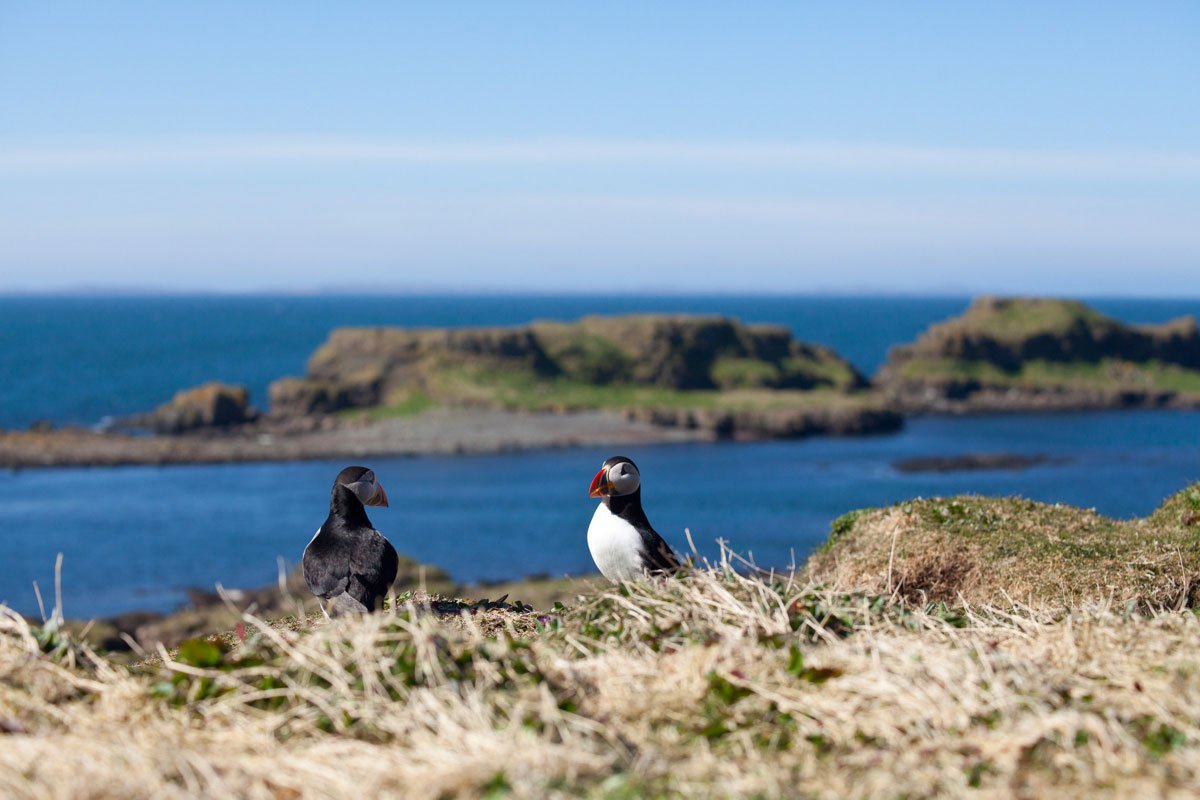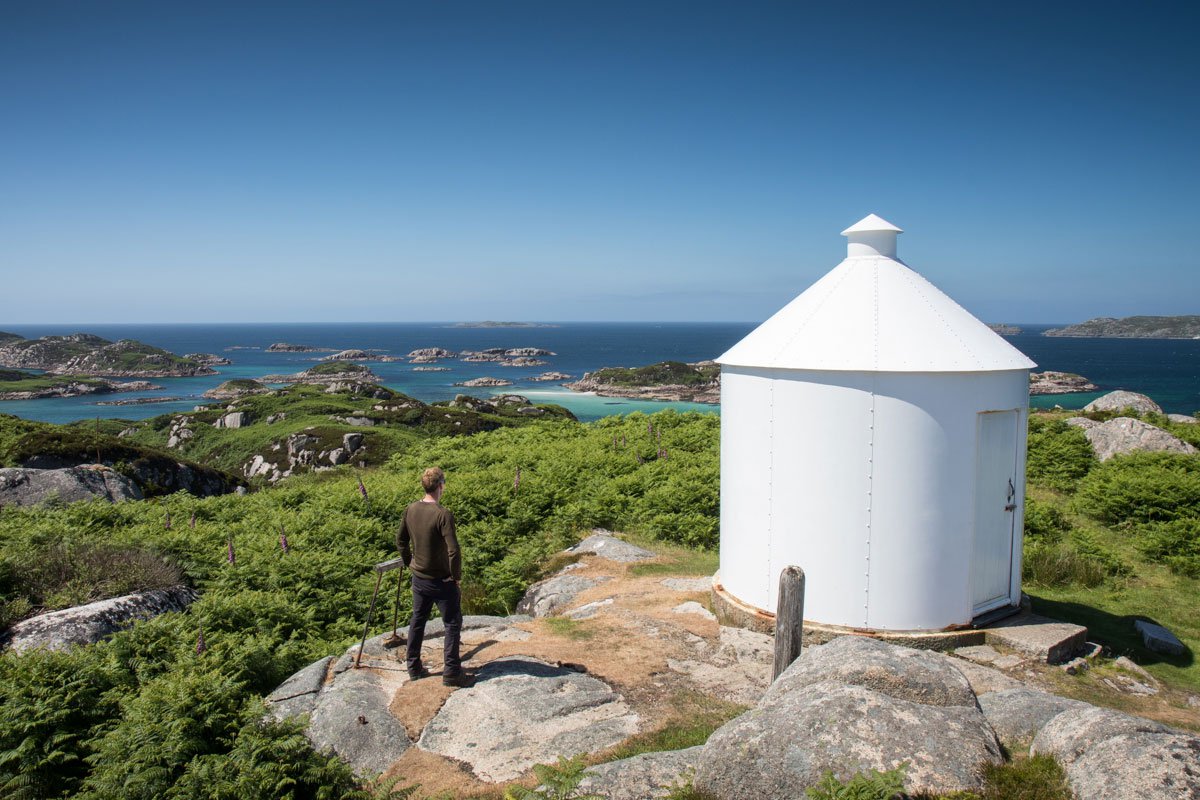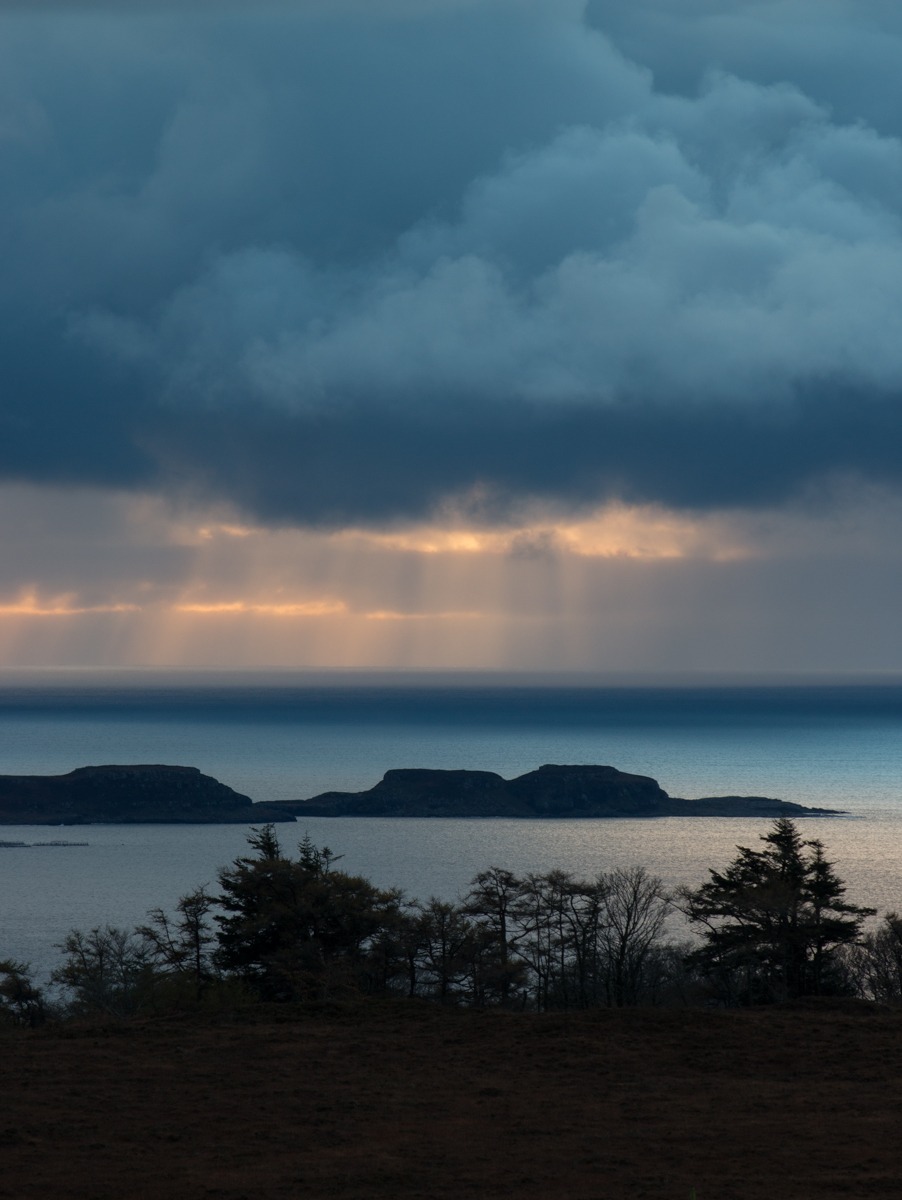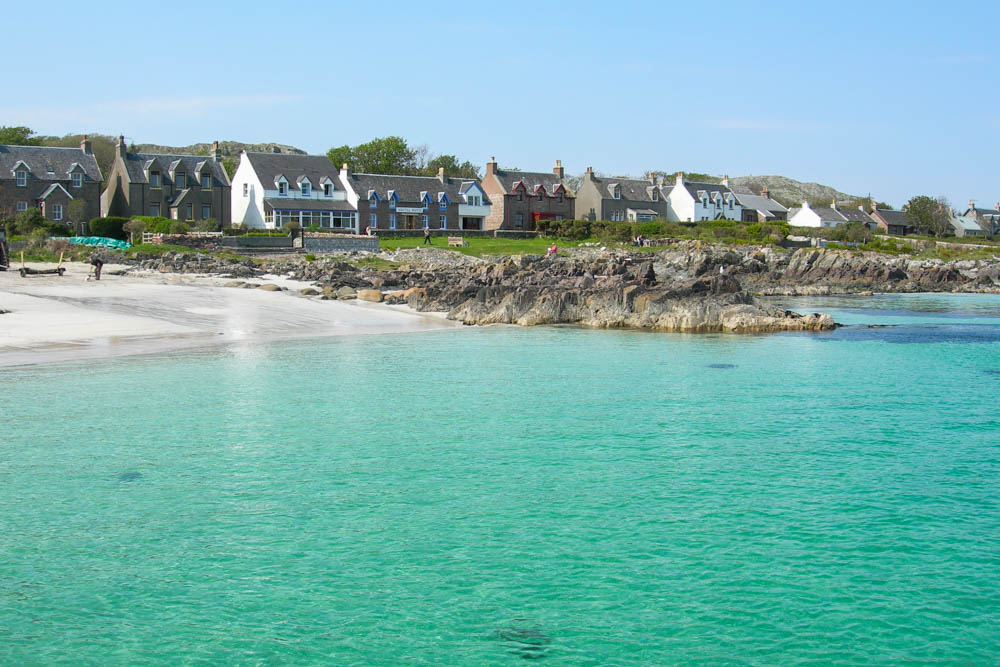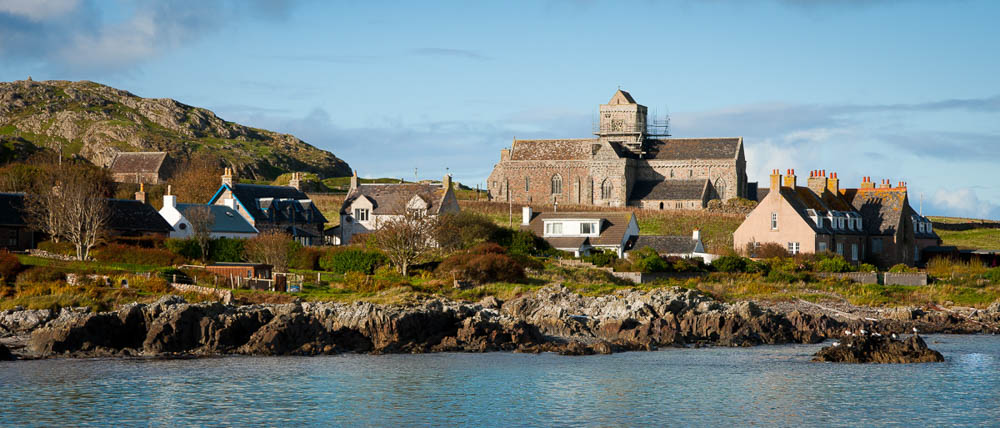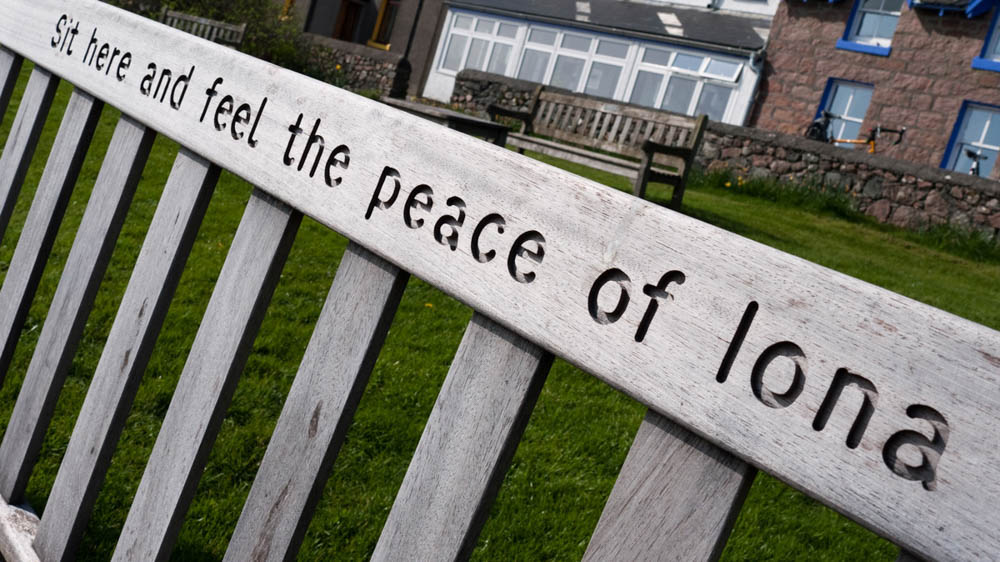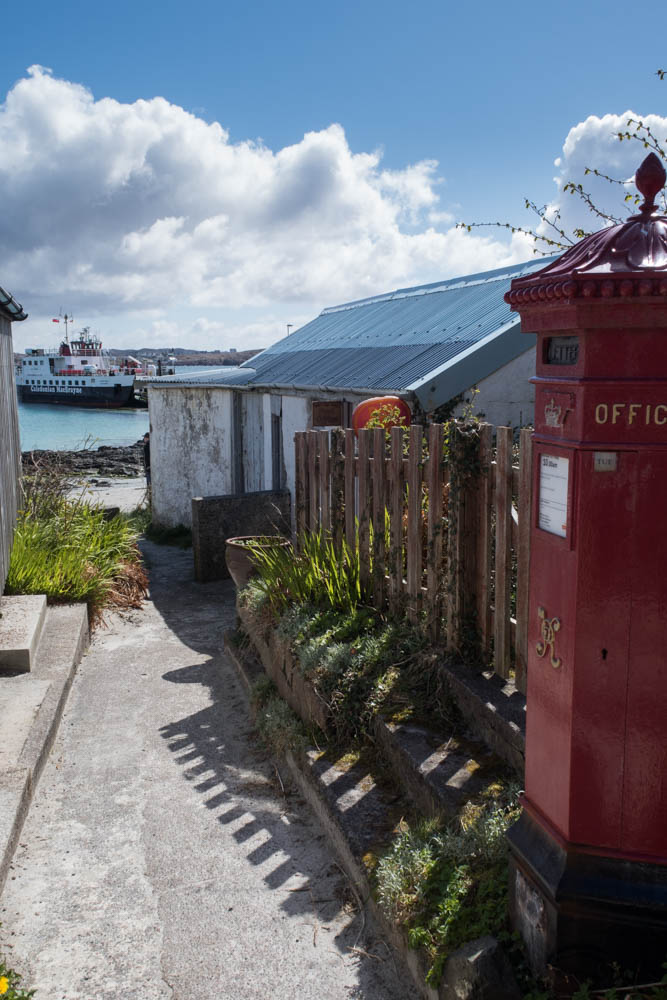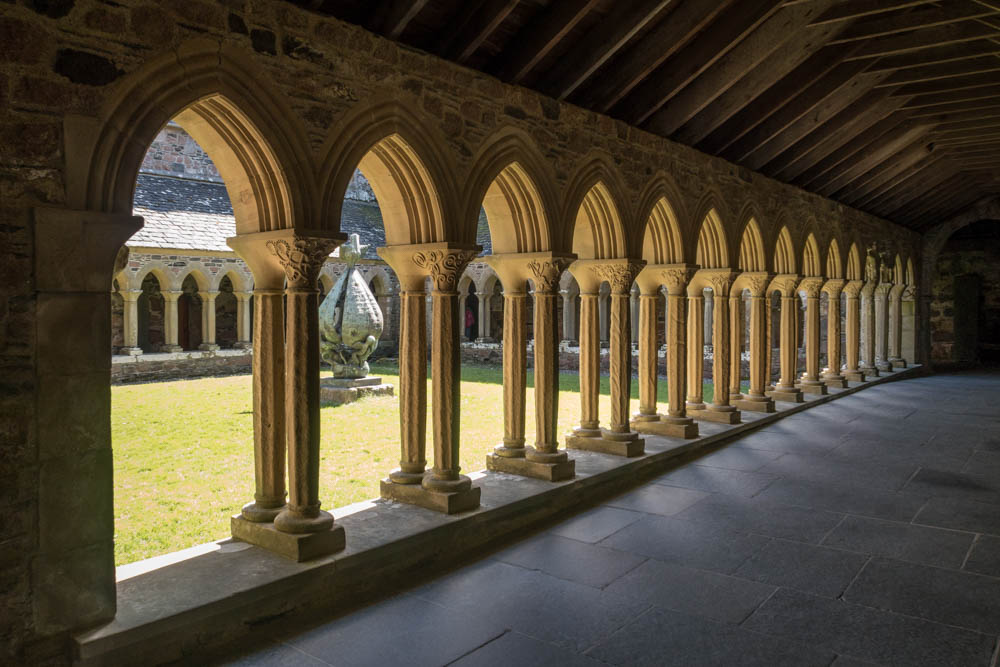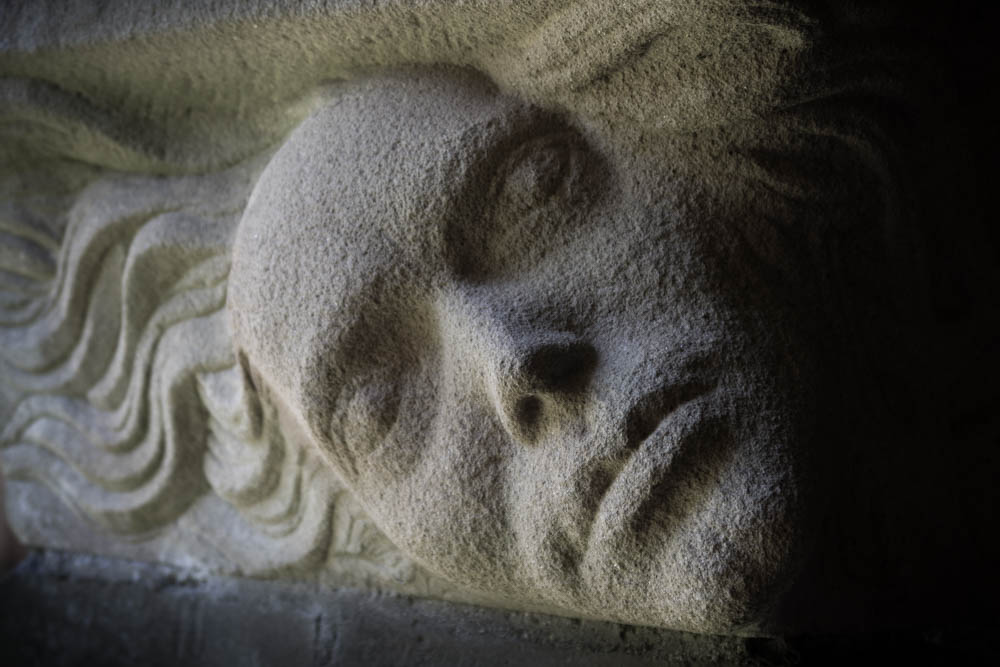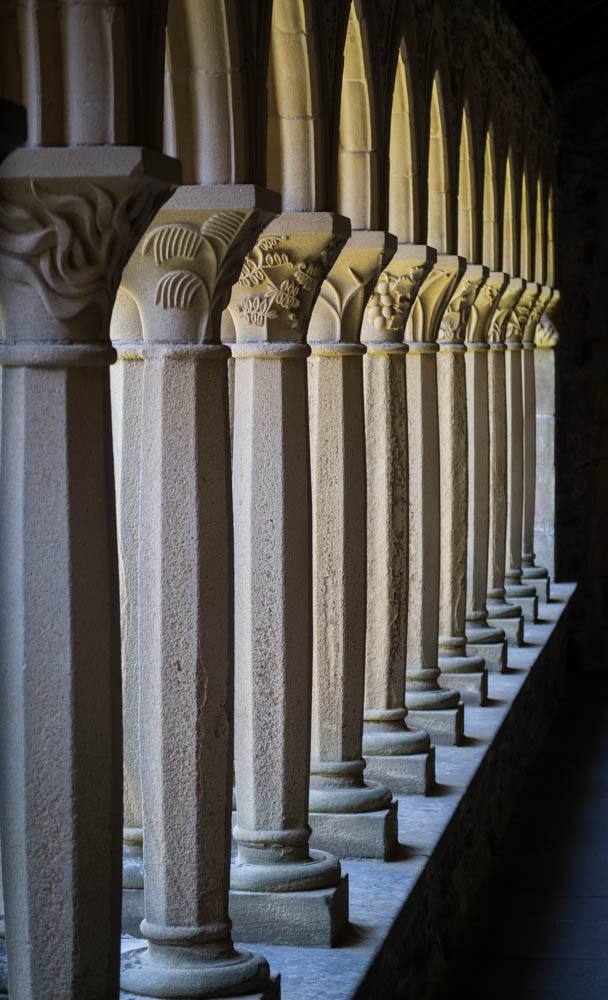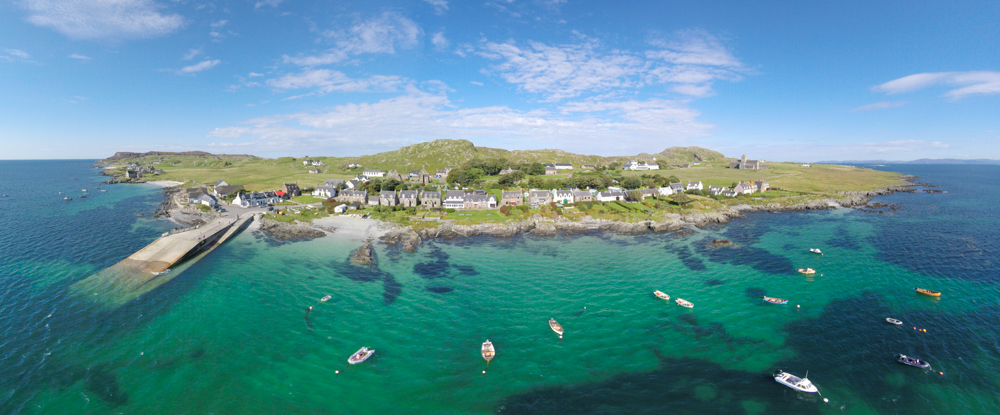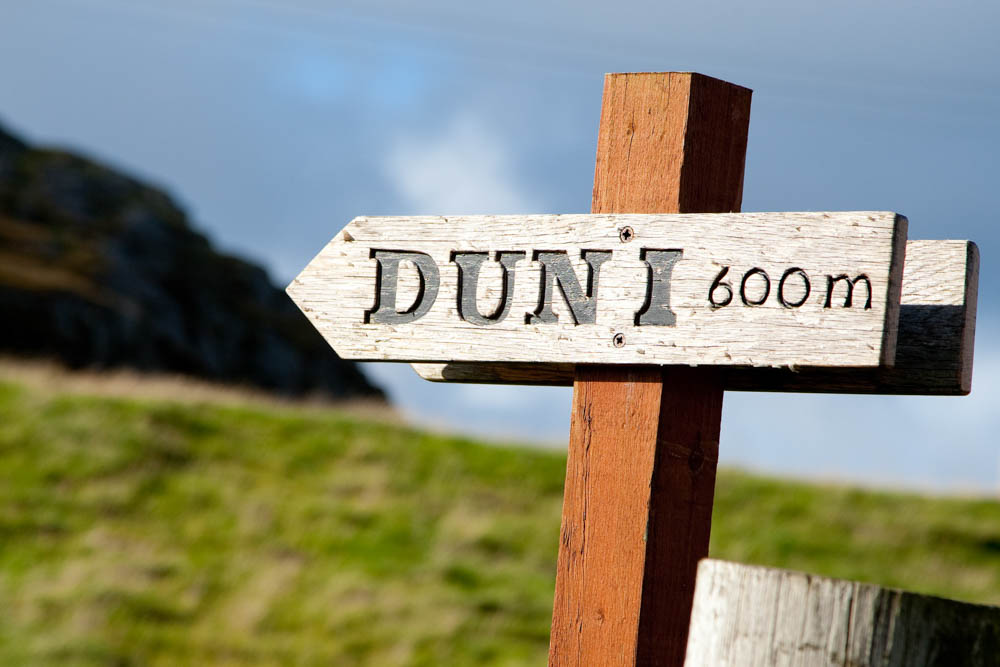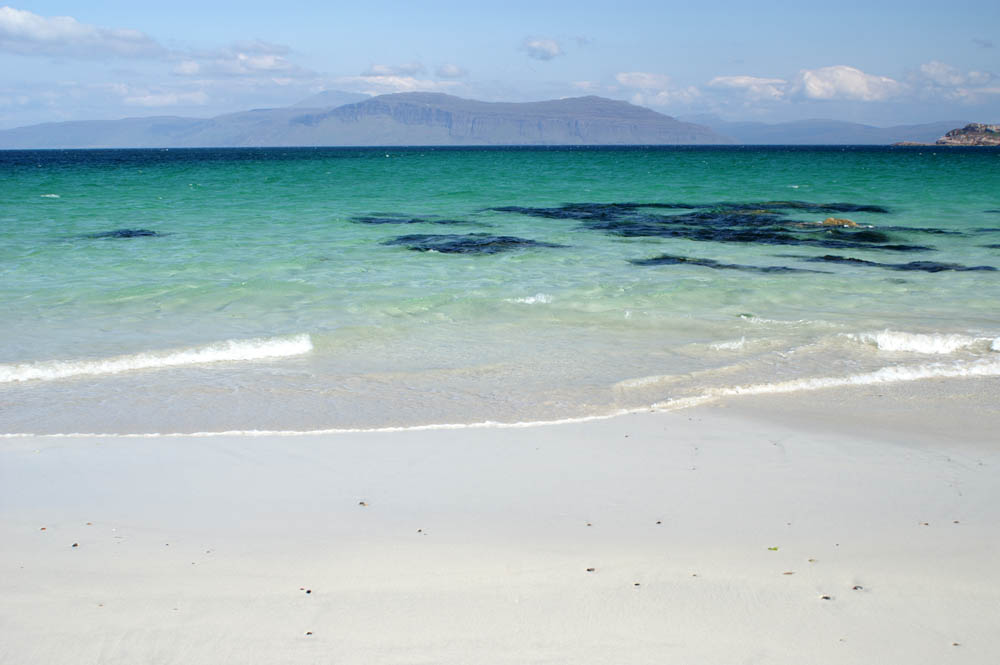10 Reasons to Visit the Ross of Mull
Whether you’ve booked a cottage in the island’s wild south west or are planning a day trip from Tobermory, discover 10 reasons to explore the Ross of Mull. From beaches to island hopping, wildlife to rocks, there’s plenty to inspire your next holiday on Mull.

Fidden beach on the Ross of Mull
1 Breath-taking Beaches
From Knockvologan’s sheltered coves, dotted with pink granite outcrops, to the glittering seascapes of Uisken and Ardalanish with views to outlying islands, to little known sandy beaches flanked by hills and reached by the adventurous – the Ross of Mull has it all. There are beaches you can park beside and beaches well off the beaten track. There’s even a beach rumoured to be a favourite among the Royals! Choose your favourites to visit with our guide to beaches on the Ross of Mull.
2 Isle of Iona
No where on Mull is it easier to experience the charming island of Iona, than from a cottage on the Ross of Mull. Whether you pick Pennyghael, Ardtun or even Loch Assapol as your location for the week, the short ferry crossing from Fionnphort to Iona is within easy reach. Iona makes an excellent day trip with a visit to the Abbey, a walk to hear the corncrakes in season, or a stroll to the beautiful Bay at the Back of the Ocean.
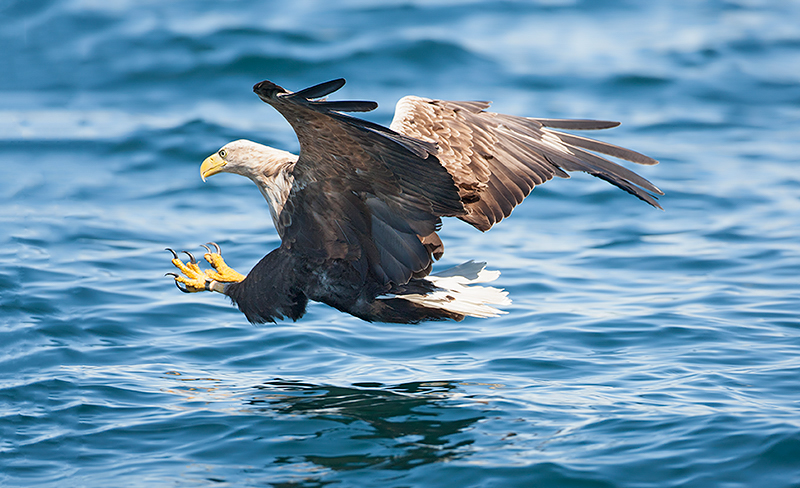
Sea eagle dives for fish
3 Wonderful Wildlife
Mull is well known as a wildlife capital and the Ross of Mull is no different. Spend some time exploring loch and land with the chance to encounter otters, white tailed sea eagles, golden eagles, red deer and seals. If you’re particularly lucky, you may even spot dolphins or a porpoise passing through the sea lochs, or escorting a local fishing boat back to shore. There are even cottages where you can watch wildlife from the window, with hen harriers often sighted from Keills Cottage.
4 Locally Landed Seafood
The Ross of Mull forms a narrow peninsula, bordered by sea on both sides. The proximity to the coast means seafood is often top of the menu. Enjoy the locally landed catch in a laid-back setting at the Creel Seafood Bar beside the ferry slipway in Fionnphort, or for fine dining, book a table at Ninth Wave.
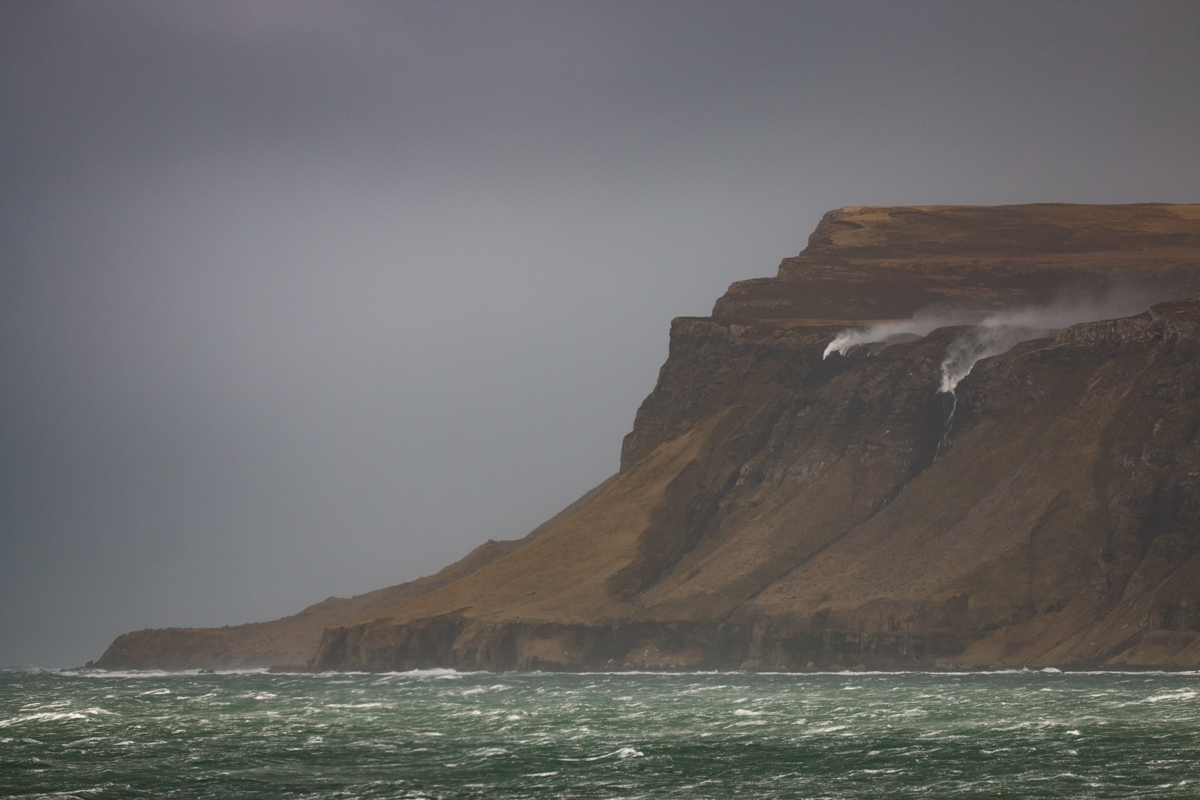
Mull’s wilderness peninsula with a waterfall in reverse during high winds
5 Wilderness Peninsula
The beautiful waters of Loch Scridain carve their way along the north side of the Ross. Across the water, the dramatic Ardmeanach peninsula comes into view. This wildly beautiful area is easily reached by taking the road signposted the ‘Scenic Route to Salen’, then bearing off beside Kilfinichen Bay, following singposts for Tiroran and the Burg. From the designated parking area, there are dramatic landscapes to explore, with a day-long hike leading you to MacCulloch’s Fossil Tree.
6 Great Geology
This part of Mull has a distinctly different geological makeup to much of the island. Pink granite rocks stand out in the landscape and glow beautifully come sunset. The beaches at Knockvologan and Fidden offer great examples, as does the walk past the disused quarry at Fionnphort. Further along the Ross, you can also explore the shoreline at Ardtun to encounter striking fossil leaf beds.
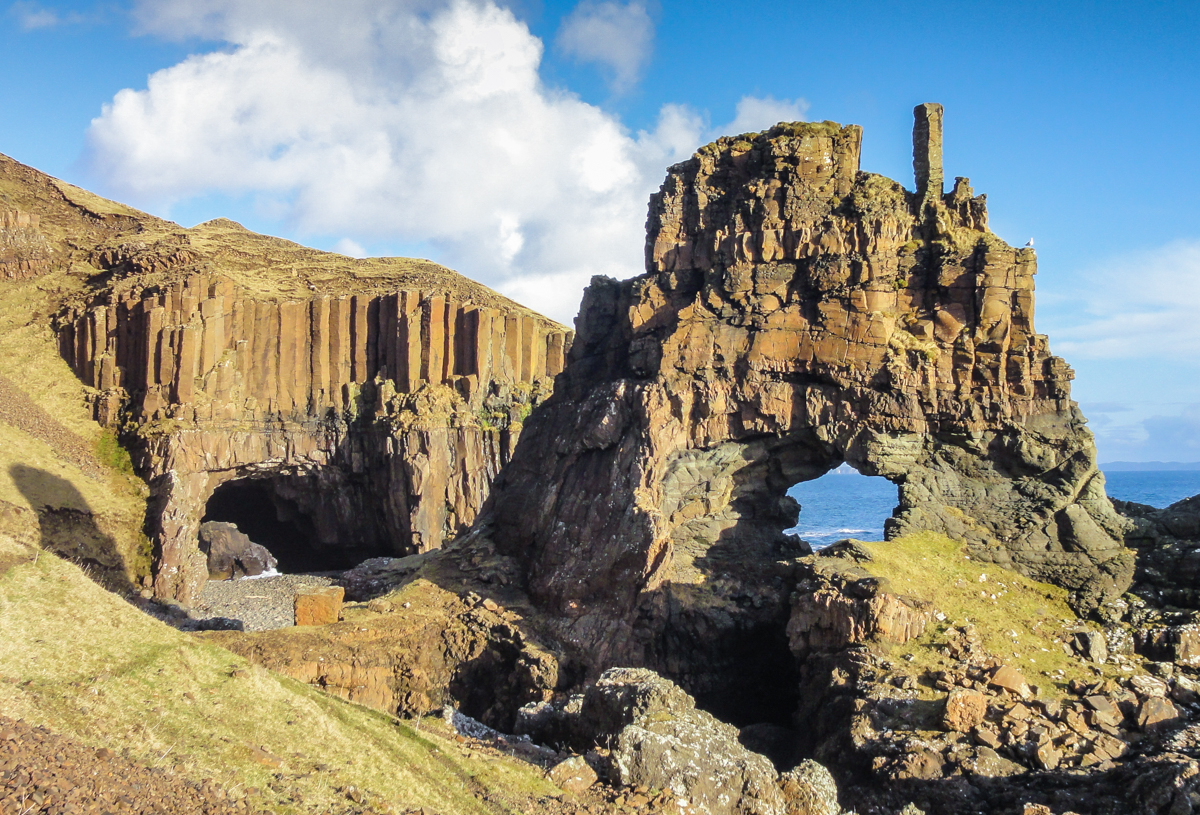
7 Carsaig Arches
The amazing geology doesn’t stop there, because at Carsaig, arguably one of Mull’s most magnificent natural features awaits – the Carsaig Arches. Reached by a dramatic and nerve-tingling walk along challenging coastline, the route will test your bravery at times, but the reward when you reach the arches is spectacular. Find out more about getting there with our guide to visiting the Carsaig Arches.
8 Crofting Culture
The Ross of Mull has a strong history of crofting. You can still feel the tradition as you explore the local area to this day. Call into the Crofter’s Kitchen at Kintra to stock up on local produce, or take part in a craft workshop at Ardtun’s local willow croft. There’s also the Ross of Mull Historical Centre to explore.
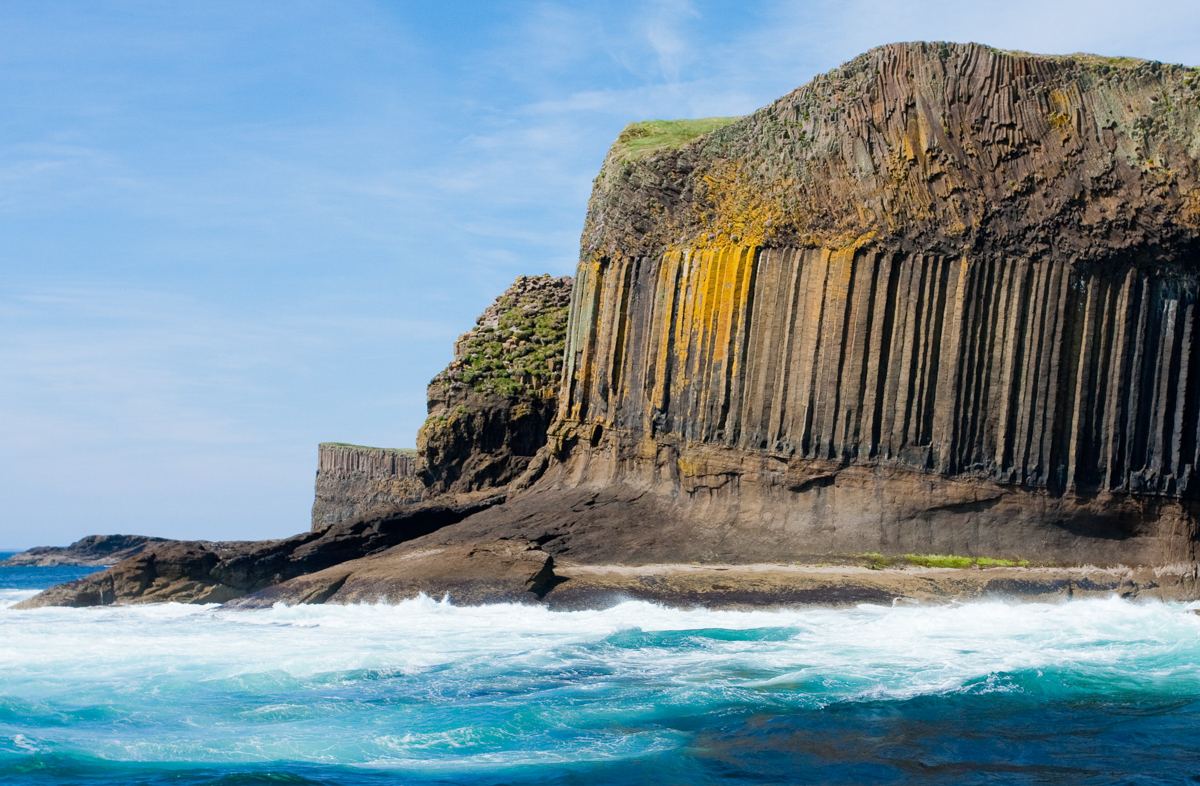
Dramatic basalt columns on Staffa
9 Sailings to Staffa
As well as affording easy access to Iona, you can also sail for Staffa from Fionnphort on the Ross. In early summer, visit to meet the characterful puffins, who will be busy in their burrows raising this year’s young. All year round, boat trips to Staffa promise the magic and drama of experiencing Fingal’s Cave and the dramatic basalt columns the island is famous for.
10 Island Hopping
If visiting Iona and Staffa haven’t quite completed your island-hopping fix, then you can also visit one of Mull’s least explored outlying islands from the Ross of Mull – the Isle of Erraid. At low tide, you can walk across the tidal sandbar on Knockvologan beach to reach Erraid. But do make sure you consult the tide times! Make sure you’re back on Mull before high tide cuts Erraid off. Walk to the island’s disused lighthouse observatory or visit the sandy beach on the island’s south coast.
Inspired to visit the Ross of Mull? Book one of our cottages today and hone in on your perfect spot with our cottage map.

